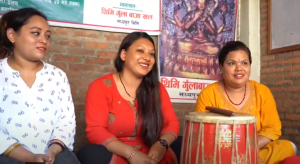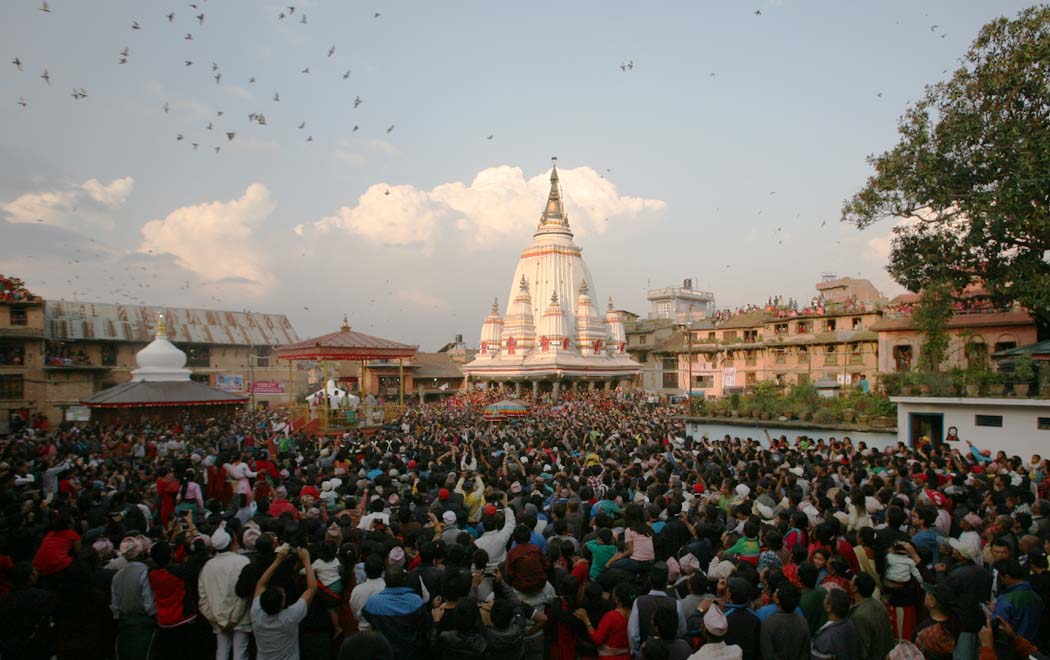
Probably for the first time in history, major festivals of Kathmandu Valley have been cancelled or postponed one after another. From the longest festival Rato Machhindranath to the one-of-a-kind Handigaunko Jatra, and from Biska (Bisket) Jatra to Seto Machhindranath Jatra have been affected. Meanwhile, the rath (chariot) construction of Rato Machhindranath in Pulchok, Patan has been postponed while that of Seto Machhindranath in Jamal, Kathmandu has been cancelled for this year.
The reason for all is one and nothing surprising; the spread of novel coronavirus has compelled people to be inside and avoid any kind of social gatherings. The streets of Kathmandu Valley that would have been hustling and bustling with revellers and devotees have been silent this year. The New Year has begun in silence this year.
Compensatory rituals
Festivals and rituals have their own meanings and are to be performed as per the age-old traditions. When something does not go according to the traditions, the incumbent priests perform a special kind of puja, locally known as kshama puja (a ritual to ask for forgiveness). As the majority of festivals of this time of the year have been cancelled, all the local priests and leaders from local guthis have already performed kshama pujas. The puja is performed mostly on the day of the said festival.
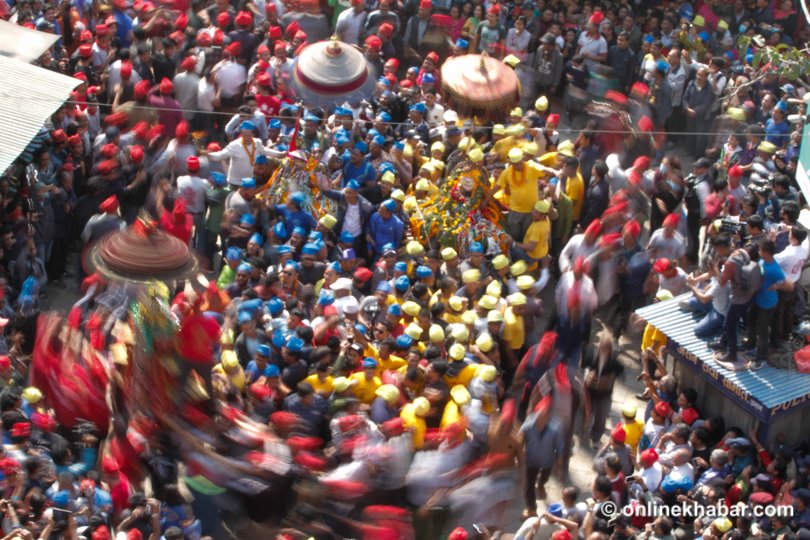
The first festival whose celebration was ‘cancelled’ was Paachahre for which the local priests of Ason, Kankeshwori, and other Ajimas have already performed puja for not being able to conduct the pujas as before.
After the popular Seto Machhindra Jatra was cancelled, the priests of the temple also performed the puja on April 1. For Handigaun Jatra, Kathmandu metropolitan city’s ward 5’s chairperson Ramesh Dangol informs the locals have performed three separate kshama pujas for Naxal Bhagwati, Tundal Devi, and Bhatbhateni on April 7, 9 and 11 respectively on the day they were supposed to be taken out of the respective temples.
Likewise, many clusters of local priests and guthiyars have already conducted kshama pujas in different temples of Bhaktapur district including Bishnu Bir and Balkumari, major attractions among the 19 processions taken out this time of the year from Thimi.
Priests of Rato Machhindranath have already performed the snan (bathing) of the idol on Thursday. The kshama pujas for the festival and for the rath construction, which have to be performed by two different groups, have not been scheduled yet. They will be held after the lockdown is over.
Yagya Ratna Shakya, the chair of the 32-Paneju Sangha, a group of local priests, in Bungamati of Lalitpur, here stresses, “It is important to keep the rituals going. Completely dropping the rituals might lead us to a point where people might think that it is okay not to follow the rituals, do them as their conveniences or completely stop realising its importance, threatening the continuity of our rich and important cultures and traditions. For this, the government also needs to give priority to the cultures even during this time of crisis. Whatever that needs to be done, even if it is in a smaller scale, should be continued.”
A few controversies
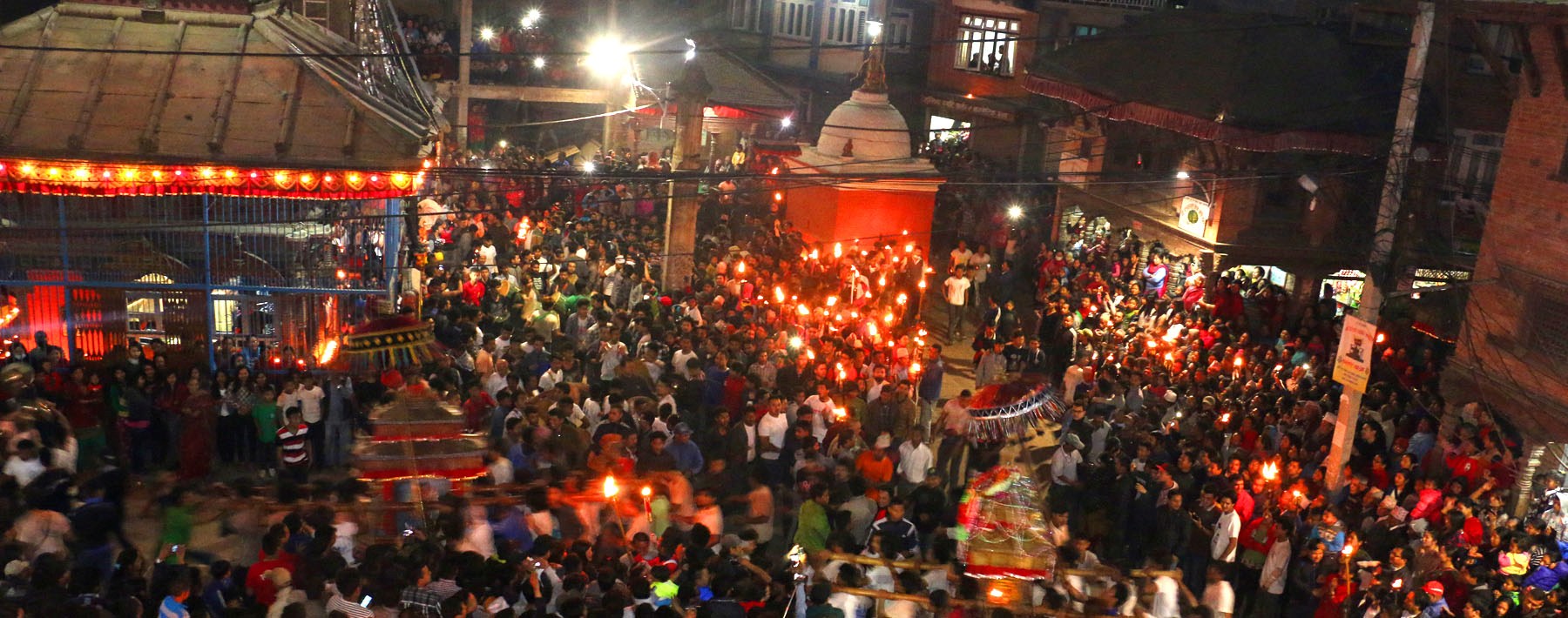
While other festivals have been cancelled as they are conducted as per the auspicious time, in specific time of the year, the longest festival in Kathmandu–Rato Machhindranath Jatra– has been postponed. The idol spends about six months a year in Bungamati while for the other six, the idol is placed and worshipped in Ta:Baha: of Patan. “So far, the festival and rath construction have been postponed. The idol has to be installed in Bungamati before Dashain. So if the lockdown is lifted on time, the construction of rath and the festival will resume,” informs Shakya.
Meanwhile, the nine-day celebration of Biska Jatra in Bhaktapur has landed in a controversy. The festival itself and the gathering of the people for processions have been cancelled publicly, adhering to the government’s directive. However, locals as well as the guthiyars have complaints that the decision was made solely by the mayor without consulting them.
A local, on the condition of anonymity, shares, “Everyone is unhappy about the decision. However, those who should be speaking up are keeping quiet. There is a debate over what to do next. The procession and gathering being cancelled is understandable, but there are rituals to perform inside the temples, for which they have not given clear instructions as to what rituals to perform, to what extent and what to avoid this year. Everyone is looking at the priests of Balkumari Temple. However, they are themselves in a huge dilemma given the lack of clear instructions.”
Persistent risks
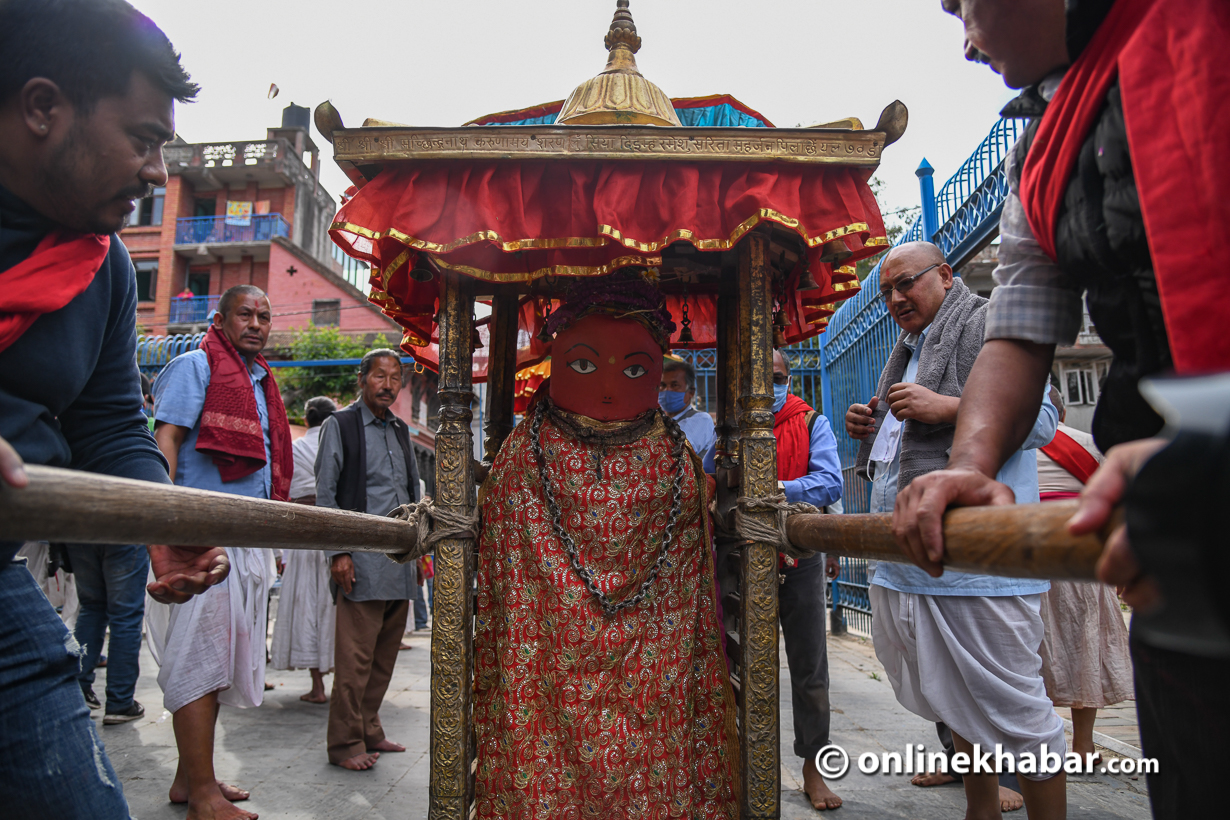
Though the festivals have been called off, the traditions are followed inside the temple premises. Every morning, people visit their local temples though the number is low. Kathmandu metropolitan city’s ward 5’s chairperson Dangol says those who are more religiously inclined, mostly women, are still insisting on visiting the temples. “About 10 per cent of the population here (in Handigaun) still visits the temple.”
The point of social distancing and the ongoing lockdown is to cut off any human contact and spread of the virus from symptomatic or asymptomatic patients. But people thronging the temples pose the risk of spread and here, the priests become more exposed and more vulnerable to contracting the virus.
One of the temples people still throng is Seto Machhindranath in Keltole, Kathmandu. The main priest of the temple, Saroj Muni Bajracharya, says, “It is a norm that no one has to touch the main priest so I do not come in contact directly. But some people are still visiting in the mornings as the entrance to the bahal (courtyard) is open for the devotees to enter. However, others working in and around the temple are more vulnerable, which is why, after the daily rituals, we shut the metal bar that surrounds the temple to maintain distance.”
As another measure to avoid contracting the virus, people are suggested to wear masks, and gloves. However, the practice is not common among the priests. “The use of gloves or masks is not against traditions. Some including the priests are using it while working in the temple. However, there is a population that ridicules their use while performing religious activities,” says Shakya of Bungamati.
Adding, Shakya says that there are still people who think that the coronavirus will not touch them because of their faith in their god. Moreover, such people are also not seen following any preventive measures to keep themselves or others safe.
On another side of the valley, a local of Madhyapur Thimi complains that people can still be seen out of their houses, chatting and roaming as before. There is zero social distancing; the lockdown has not made any impact on them, he stresses.
Bigger fears
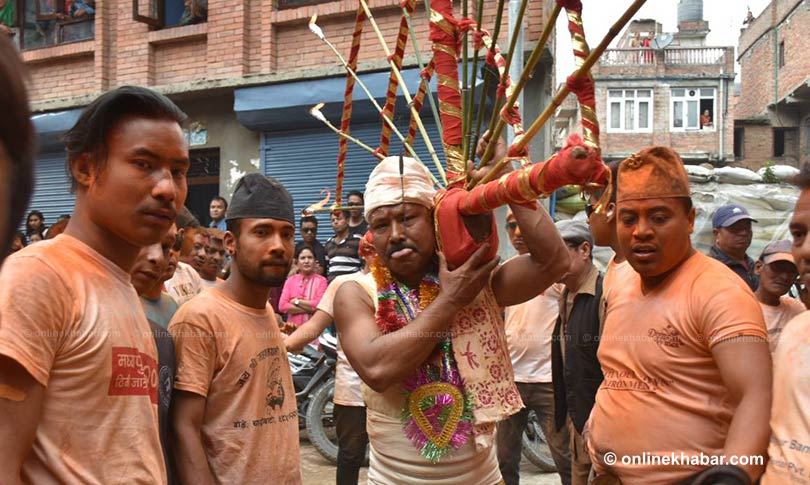
The cancellation of these many festivals in the same year was unheard of before. This poses a question if the discontinuity of the festivals will result in any kind of mishaps as believed by many. While priests of the respective temples have assured that there is not any concrete proof or written account of that happening, there still is a doubt in the back of their minds.
Shakya says, “Some 1450 years ago, when Nepal (the word for Kathmandu Valley then) was going through a drought which lasted for 12 years, Rato Machhindra, who is considered the god of rain and harvest, was installed and the suffering came to an end. However, now, the festival has been postponed; we are not sure what the future holds for us. We certainly do not want to go back to the same fate or see a bigger plague and drought amid this situation where everyone is already living in fear of the pandemic.”
But, culture researcher Purna Ratna Bajracharya expresses that though the social and cultural impacts of the postponement and cancellation of the festivals cannot be avoided, a better and more responsible approach is to avoid the rituals altogether.










